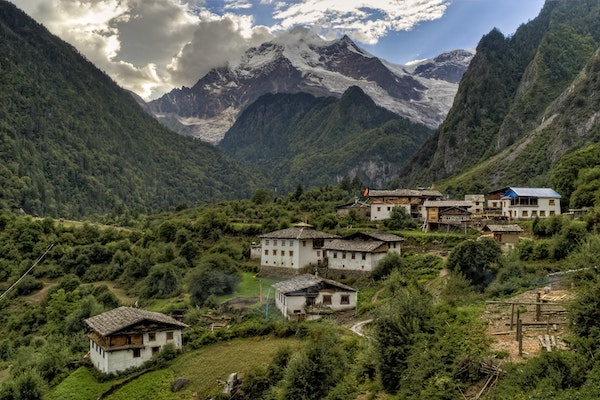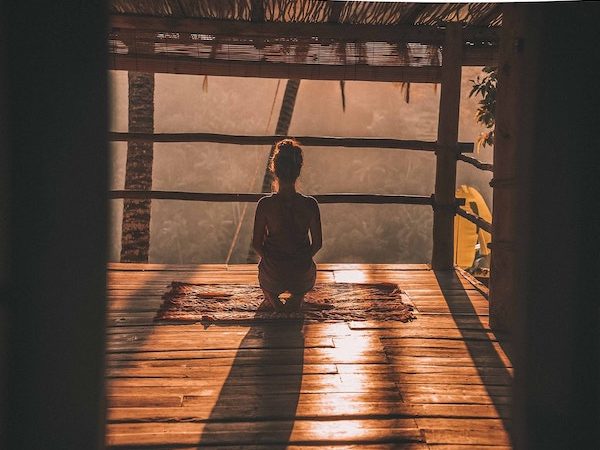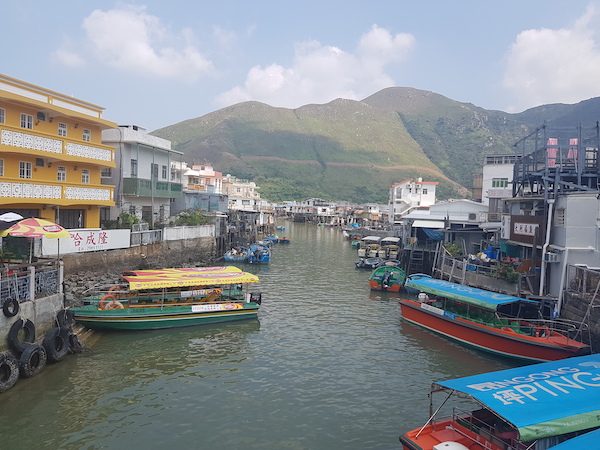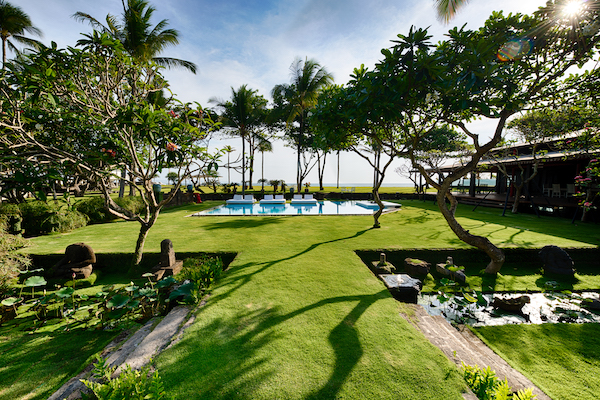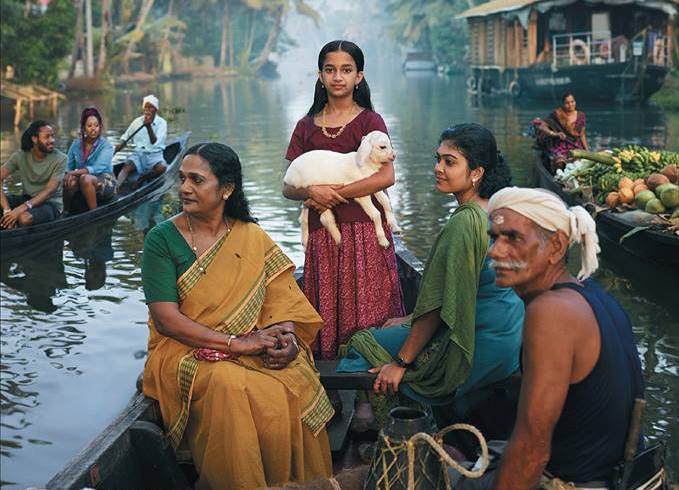
Kerala dreaming
Kerala has a special place in my heart. I spent a few days there over a decade ago but it’s still as vivid to me as a Punjabi sari.
I recall roads buzzing with scooters, white washed Portuguese churches with simple metal crosses, and a shoreline draped with fishing nets bobbing up and down on boom lines.
There were bespectacled ex-pats in bakeries drinking chai and reading paperbacks, and tourists wandering through boutiques selling Tulsi tea and hand block printed garments. My favourite shop was called Anokhi; the kurta and sarongs I bought there are still favourites, even though they are faded with use.
Kerala has a rare stillness, especially in the chaos of India. A longboat tide through the backwaters is a languid glide beside unabashed every day life. Women hand wash clothes and men bathe, gleaming like polished walnut.
Spice gardens drooping with cardamom, black pepper, cinnamon, ginger and tumeric line the canals, and workshops that use coconut fibre to roll, and roll, and roll long winding lengths of rope are points of interest for tourists to stop and take in.
Coconuts are synonymous with Kerala. Coconut groves, coconut curries and rice, coconut coloured walls, with splashes of watermelon, tangerine and turquoise to match the hibiscus and frangipanis. Locals believe that the name Kerala came from the local Malayalam word for coconut tree (‘kera’) and land (alam). The overt abundance of these trees is the reason Kerala is still known as The Land of Coconuts.
Kerala has been home to a roaring spice trade for around 800 years. Known as the Spice Garden of India, Kerala became a key port for Portuguese shipping operations, followed by the Dutch, and eventually the British.
These foreign inhabitations have left their mark on the architecture and cuisine of the region.
The buildings are all stuccoed curves and metal curlicues, while the food is light and bright and loaded with seafood. You won’t find the leaden curries of the north around here. It’s all dahl and dosas, bananas, herbs and lime. Meals are made up of many dishes, large and small, always featuring freshly grated coconut.
To catch a glimpse of this colourful and yet calm place, check out this beautiful video by Kerala Tourism.
Have you ever been to Kerala? What stayed with you?
If you enjoyed this post, you might like this story I wrote about the Top five things to do in India.
Here’s an excerpt:
‘The one thing I have in common with stoned teens, gold diggers and bowerbirds is a voracious love of shiny things. Put me in a shop full of mirrored wall-hangings and I am racking up Visa debt faster than you can say ‘tacky’. It doesn’t matter where you are , there’s a good chance that something colourful, sparkly and obscenely cheap will appear that you simply must purchase. Just in case. Because maybe they don’t have it anywhere else.’
This post is sponsored by Kerala Tourism

